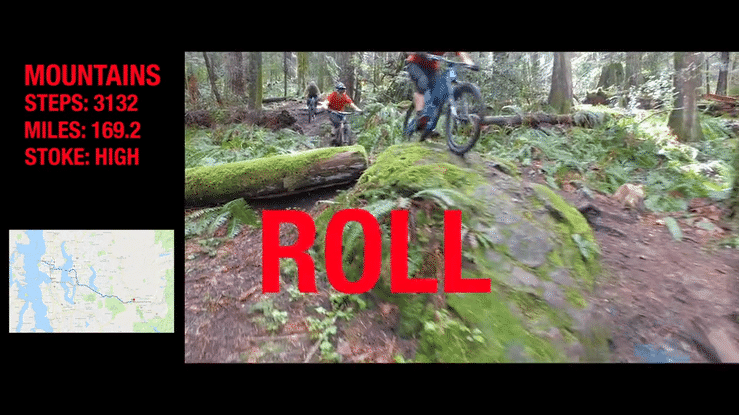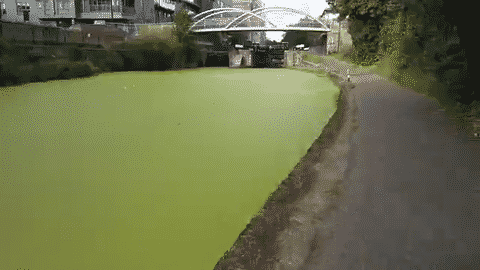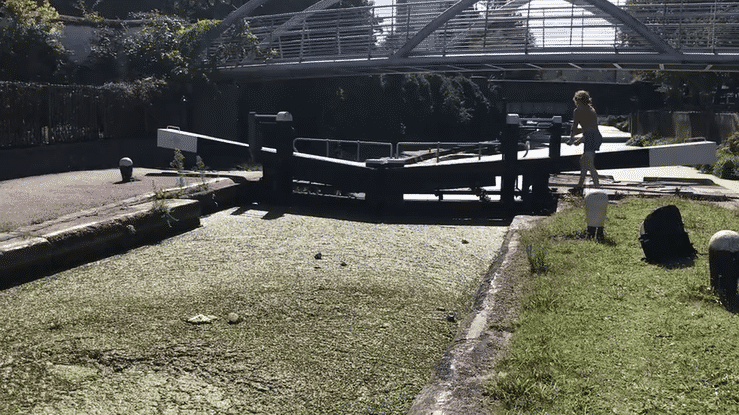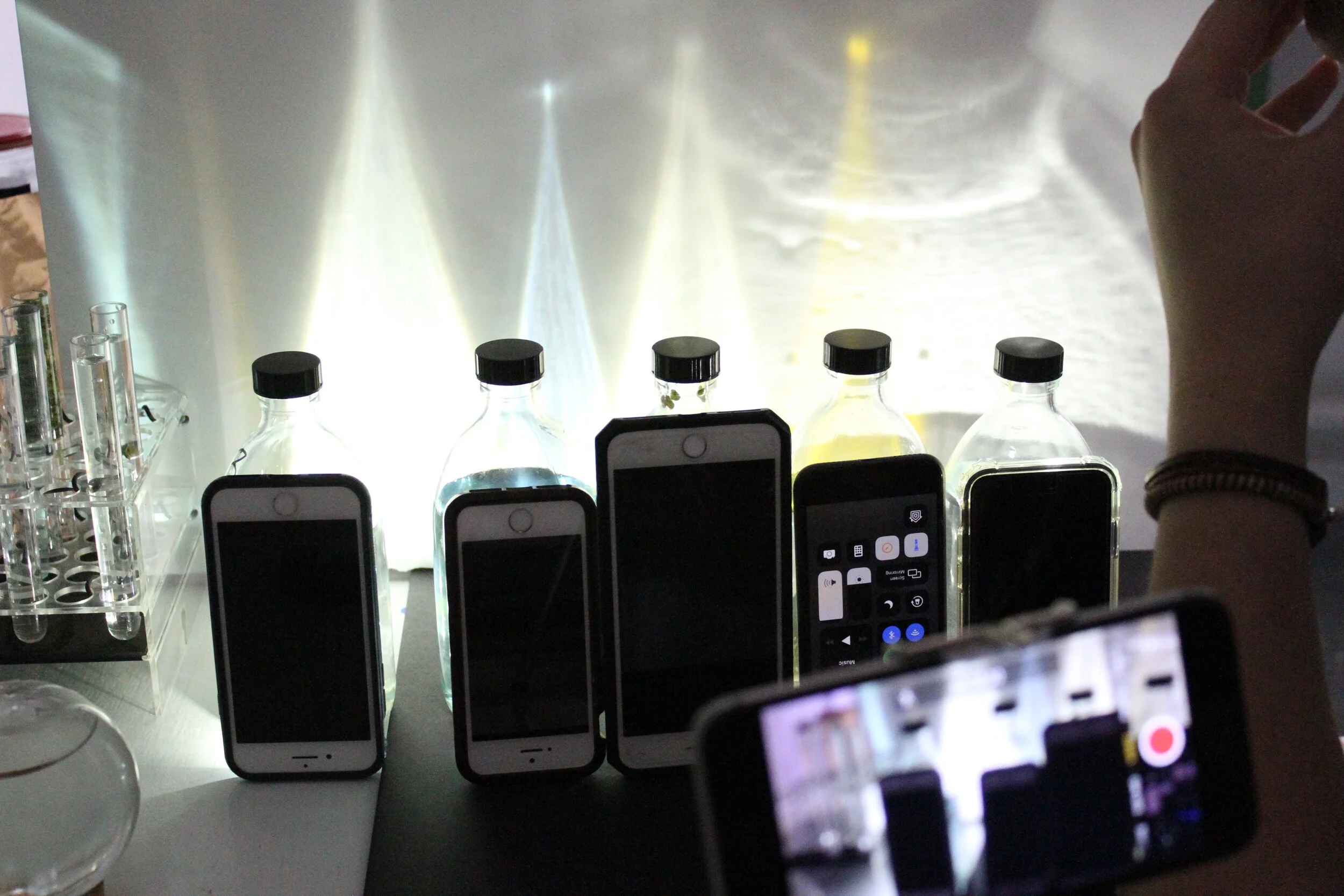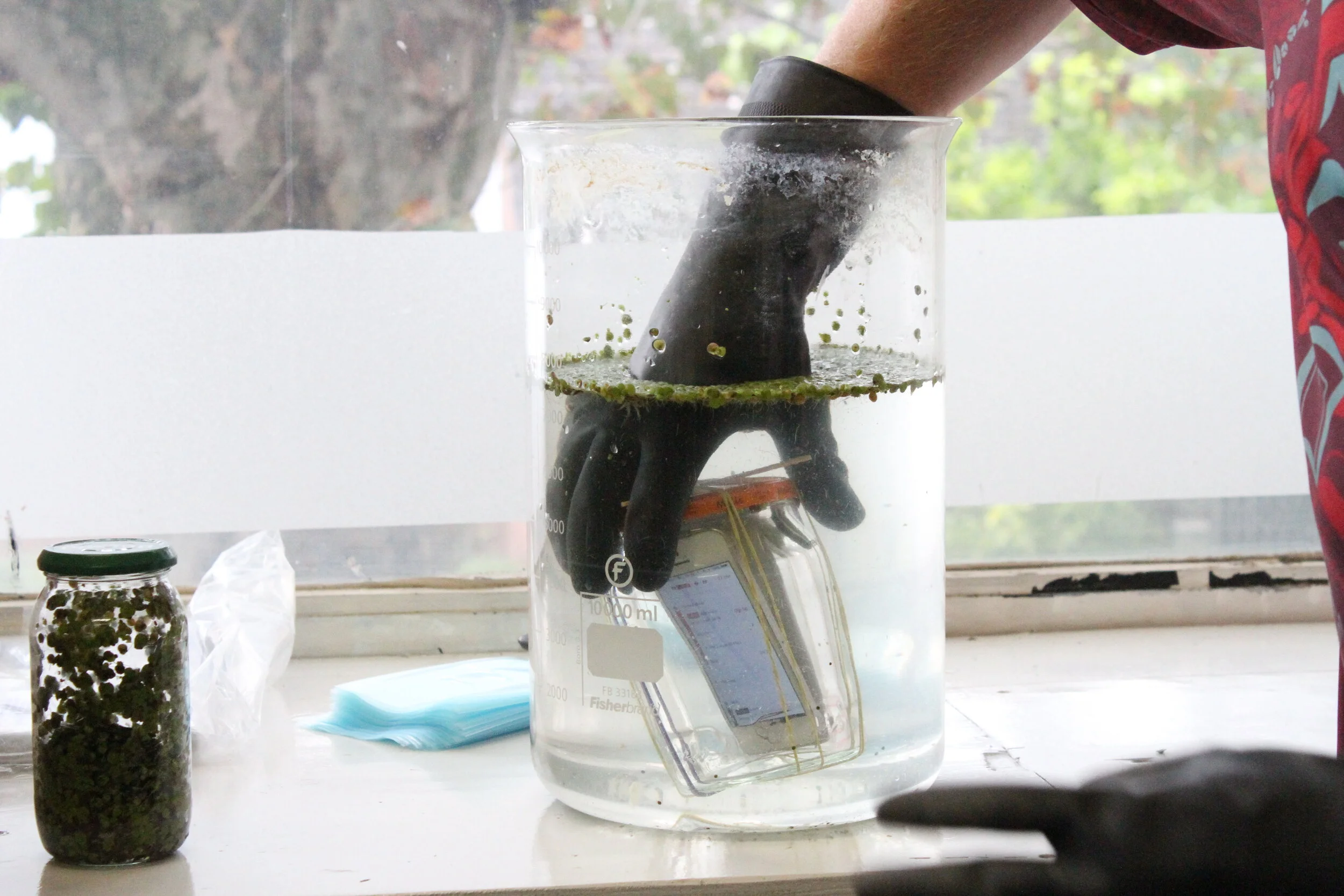London Design Systems
A three-week study abroad program using research and design making.
I observed, explored and prototyped the experience of London’s urban canal system.
London Design Systems
A three-week study abroad program using research and design making.
I observed, explored and prototyped the experience of London’s urban canal system.
TITLE
London Experience Design: Investigation, Exploration and Realization
Graduate School Project
3 Week Team Project in Human Centered Design and Engineering program to produce a prototype of your recording system/method and create a visual representation of the system.
Josh Nelson, Kevin Philbin, Spencer Wilkerson
PRoject Team
ROLEs
Qualitative researcher
Design researcher
Experience designer
Prototyper: Iterated 6 physical prototypes
Documentarian
Task
Week 1: Collect data on any system in London using any recording method of your choice
Week 2: Prototype a visual representation of the data collected
Week 3: Refine the prototype
Task Prototype
In preparation for London, we were tasked with recording any data we chose for 5 days and create a visual document of it. Inspired by Nick Feltron’s work, http://feltron.com, I chose to record my location, steps, mileage and mood, (stoke), moving through what I call Transitions in Dadspace.
Initial Research Questions
How do London’s canal systems create, enhance and/or manipulate relations between peoples’ experience of place and place-making?
How does water quality have an impact on what makes a place great?
How does place making occur to the London live-aboard community?
We took inspiration from Psychogeography and the “dérive” which Guy Debord defines as "a mode of experimental behavior linked to the conditions of urban society: a technique of rapid passage through varied ambiances."
This would mean that we would walk the canals through unplanned journeys and look for opportunities to engage with the place and the people to understand individual behavior and emotions that factor in placemaking.
Initial Methodologies
Initial RESEARCH Document
Research
Research
The London Canals live-aboard community.
Population Sample
Data Collection and REcording Methods
Field and Lab research
Ethnographic inquiry
Systemic observation and documentation
Quantitative and Qualitative data collection
Sketching
Audio, Video, Time-lapse and Hyper-lapse
AREA Of Exploration
Challenge
5069 Steps Limehouse to Acton’s Lock Captured By Hyper-Lapse
My steps along London's Canals
Early Findings
The London live aboard community occurred over-asked and over-studied and a bit salty about answered canned questions. We’d need to have serendipity and luck to engage the boaters.
We found water quality testing offered no insight to quality of place. Not a huge surprise but was a solid entry into lab work and trying to engage with materials at hand.
We attempted to spark deeper investigation of water samples with:
Microscope observation of droplets and dried sediment
Sound pressure levels and Audio frequency to foster growth
Light refraction
Freezing the samples
Incubating and leaving samples in the sun
Project Pivot
We chose to pivot away from quantifiable data leading the investigation of the quality of place making, and moved into qualitative research to let our experiences guide how to proceed.
Research question
How might we prototype an experience of London’s Canals?
How might inspirations from guest speakers and museum art installations inform our prototype?
How might we iterate our prototypes through experimentation and critique?
SERENDIPTy
As we walked the canal to Limehouse Basin, we encountered “Jess” who lived aboard a canal tug that operated as a speakeasy in the summer. We were amazing at Jess’s ability to singlehandedly navigate passing through the locks. She gave us a close-up look to the experience of the London Canal through passing through the locks ride. Jess was patient with our peppering her with questions. This delightful experience with Jess shaped our prototype. The hand cranking was a neccessary part of passing the locks became a design requirement for our prototype.
ARTIFACTS
Artifacts
Artifacts
Our team of three sketching along the Rive Lee.
System investigation in Seattle Canals with water testing strips.
Applying light to different water samples in London
London water system testing.
Testing underwater light potential using iPhone camera LED light
London Deliverables
London Deliverables
Prototypes Overview
Prototype #2
Prototype #3
Prototype #3
Video Overview: Purpose, Pedagogy and Prototypes
Time-lapse of final design
Outcomes
Outcomes
Results
We observed and collected data on large scale systems and understand them as an assemblage of linkages. We then were to experiment visualizing these assemblages by taking risks, be willing to fail, and creating juxtapositions with these observations by prototyping a 3D model. Through critique and iteration we would refine the prototype to a final expression.
We made multiple prototypes to create an experience of the London Canals.
LEssons
The project goals of learning and experimentation may have been developed further if we didn’t get focused on an output.
OUtcomes
The realization that the process of research as design, i.e. collecting data and observations and making prototypes is my primary reason for pursuing human centered design.
Reflection
This unique experience transformed design education for me. Leaving the traditional classroom setting behind for London introduced me to new ways of designing in the world.
Through hands-on knowledge making I looked past wireframes and screens in exchange for designing experiences. This making gave me the freedom to imagine, to express and to grow through design making.

